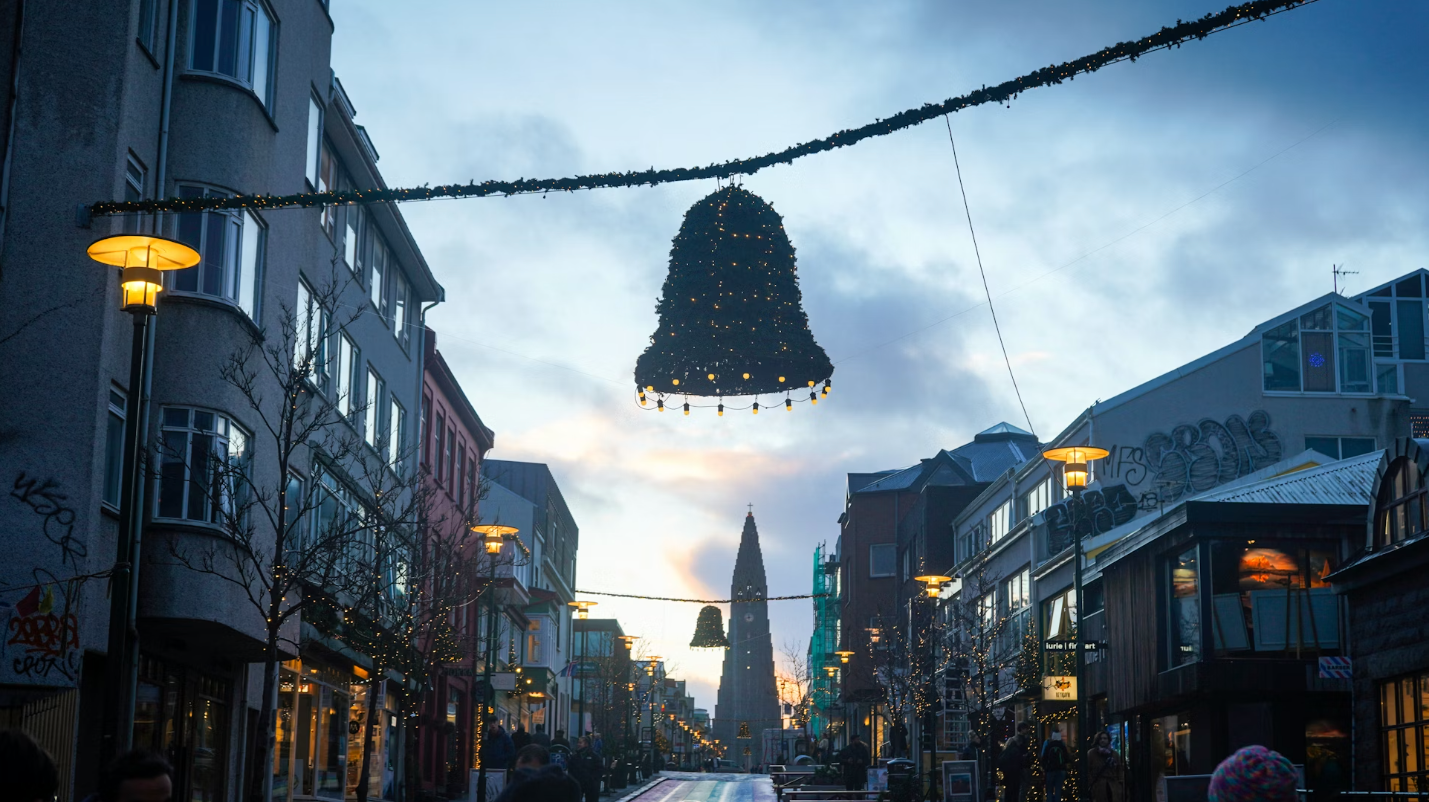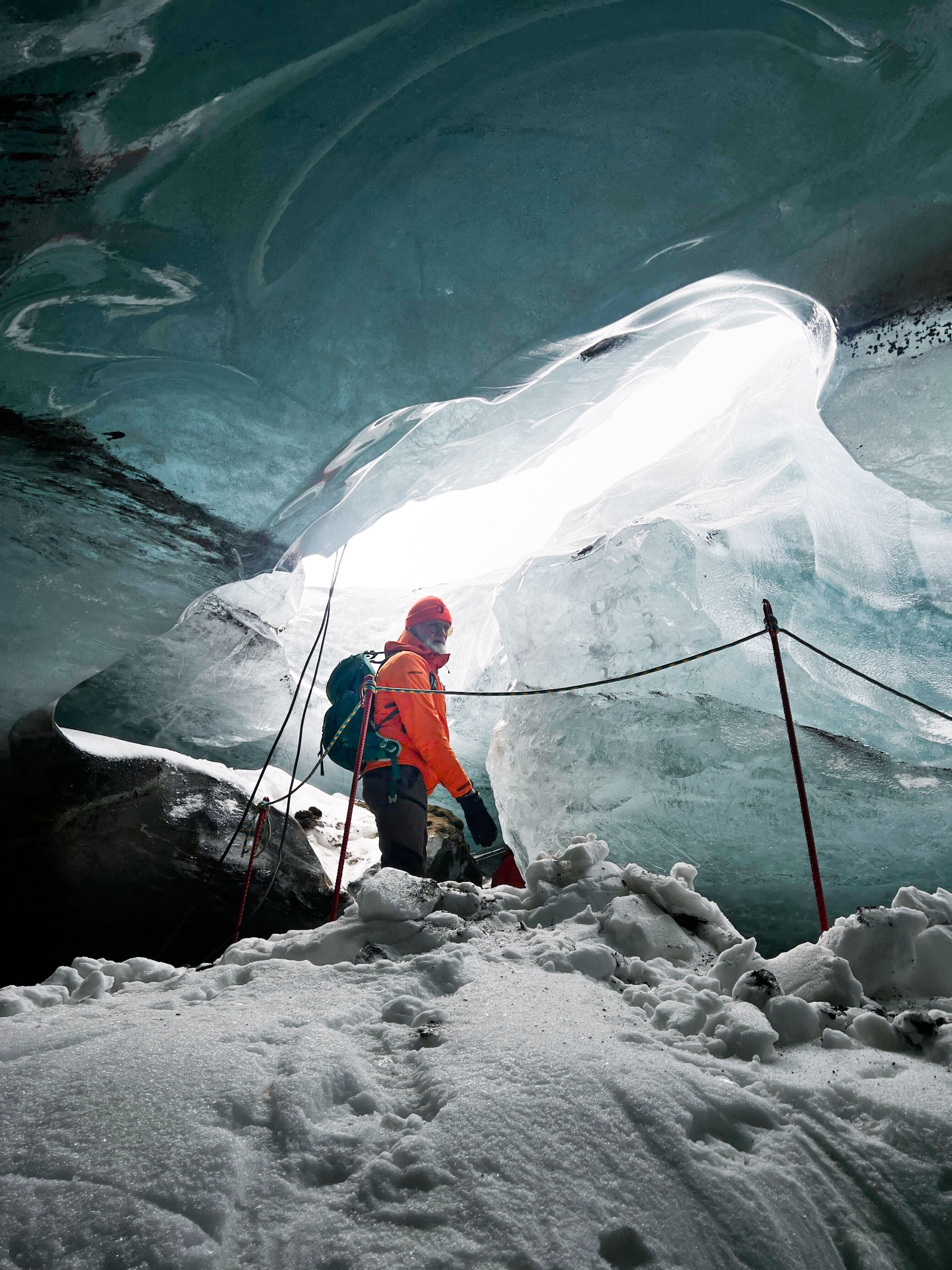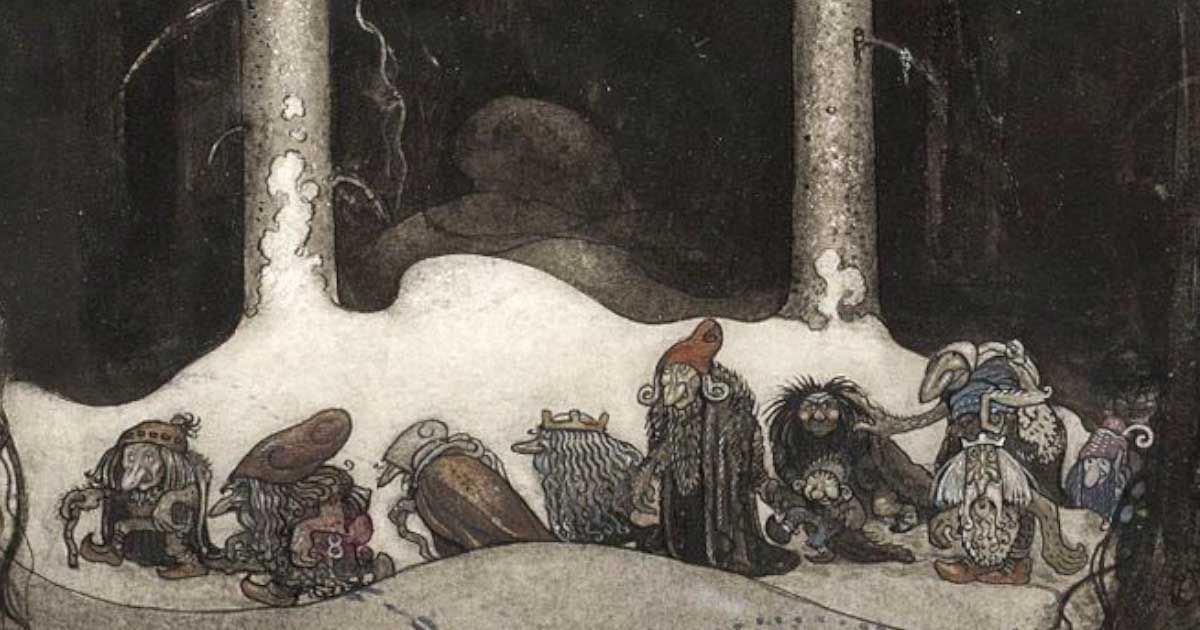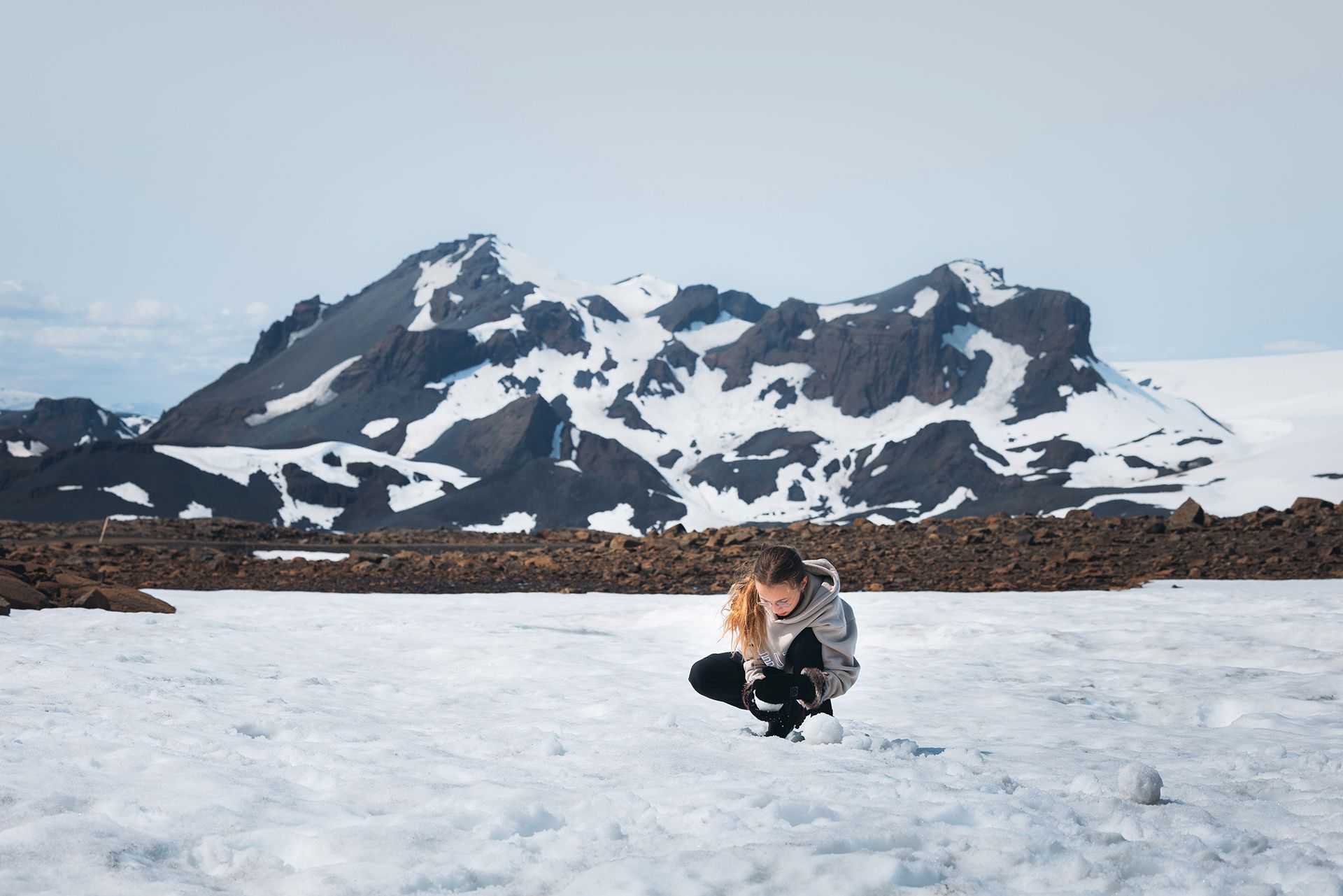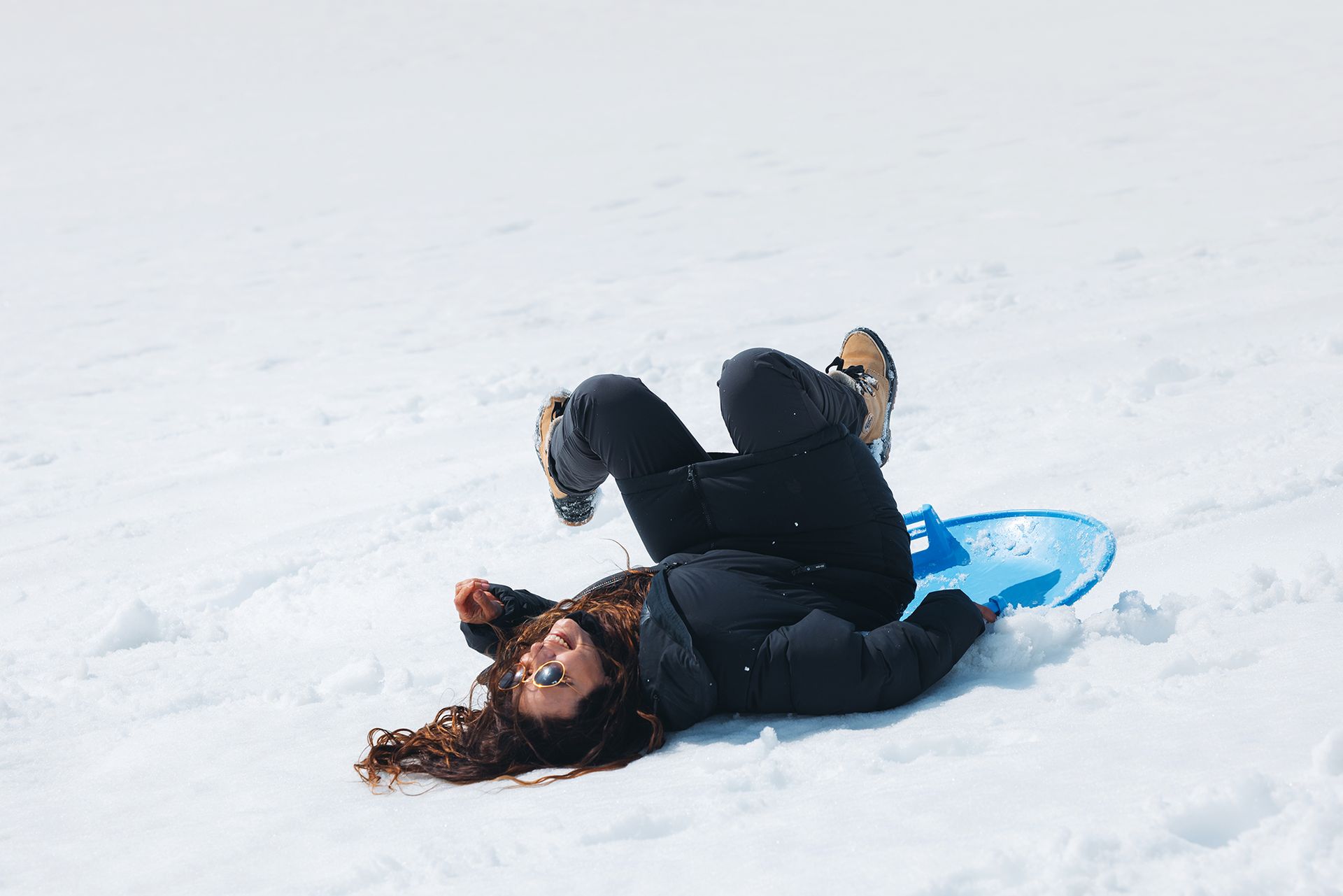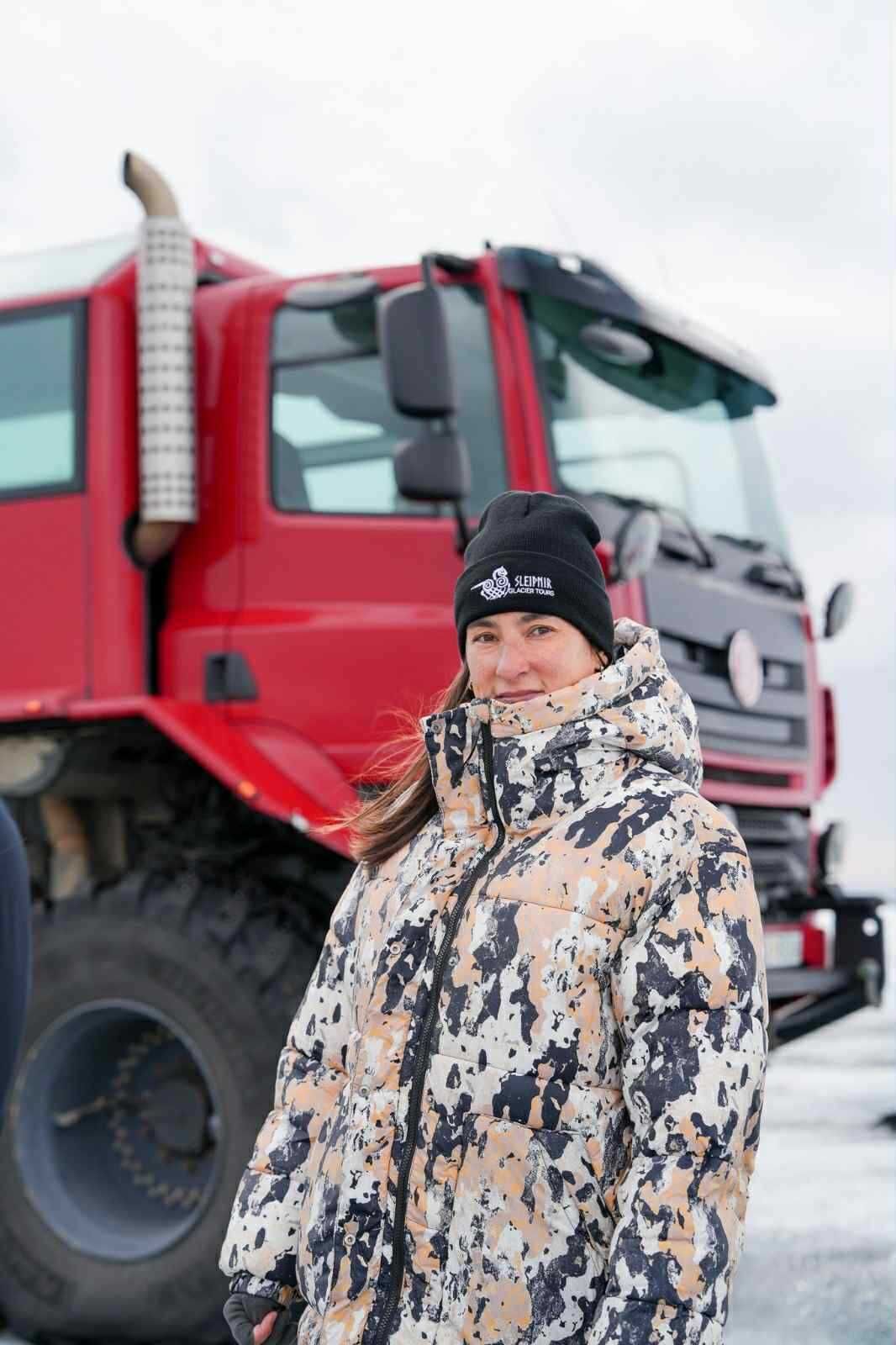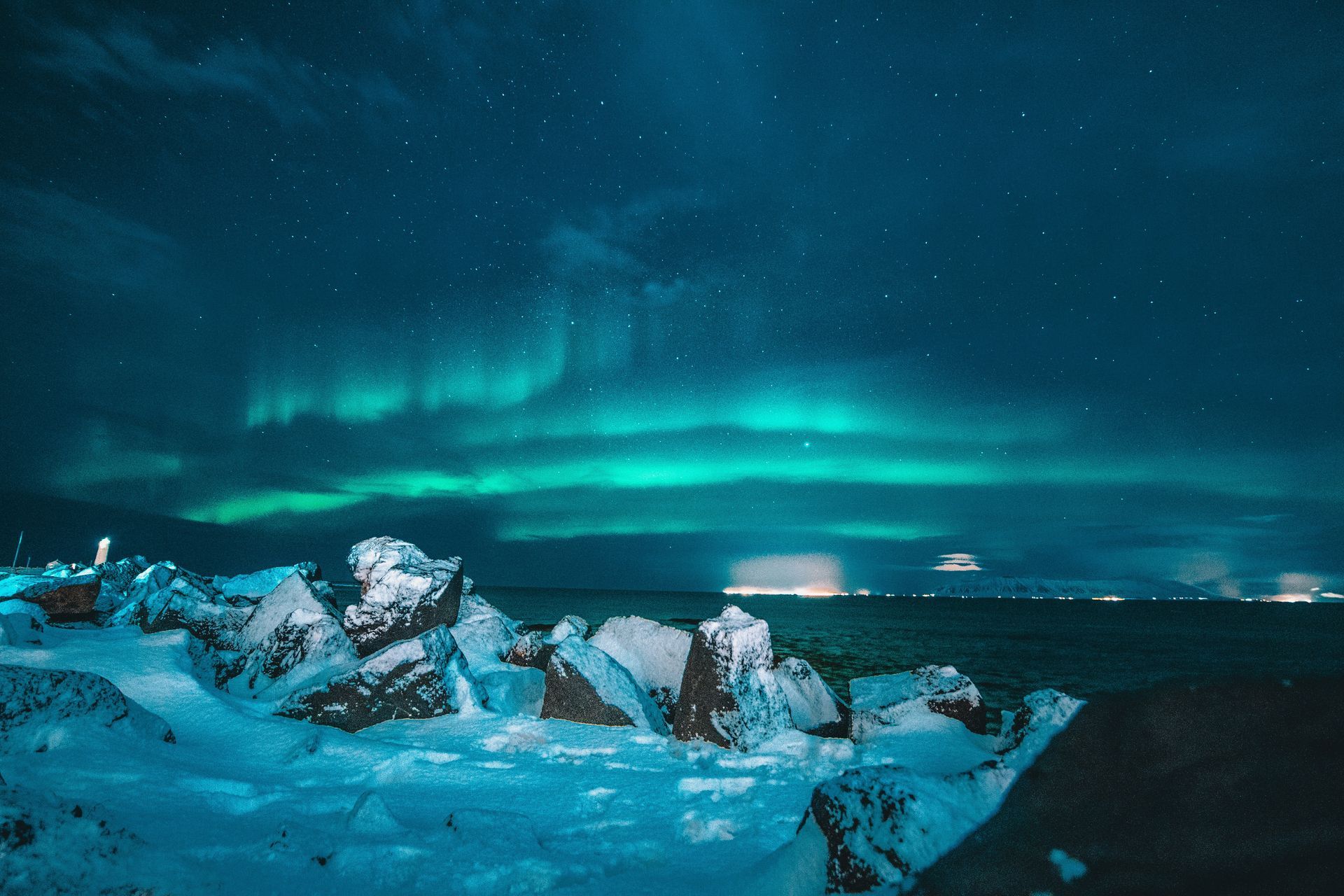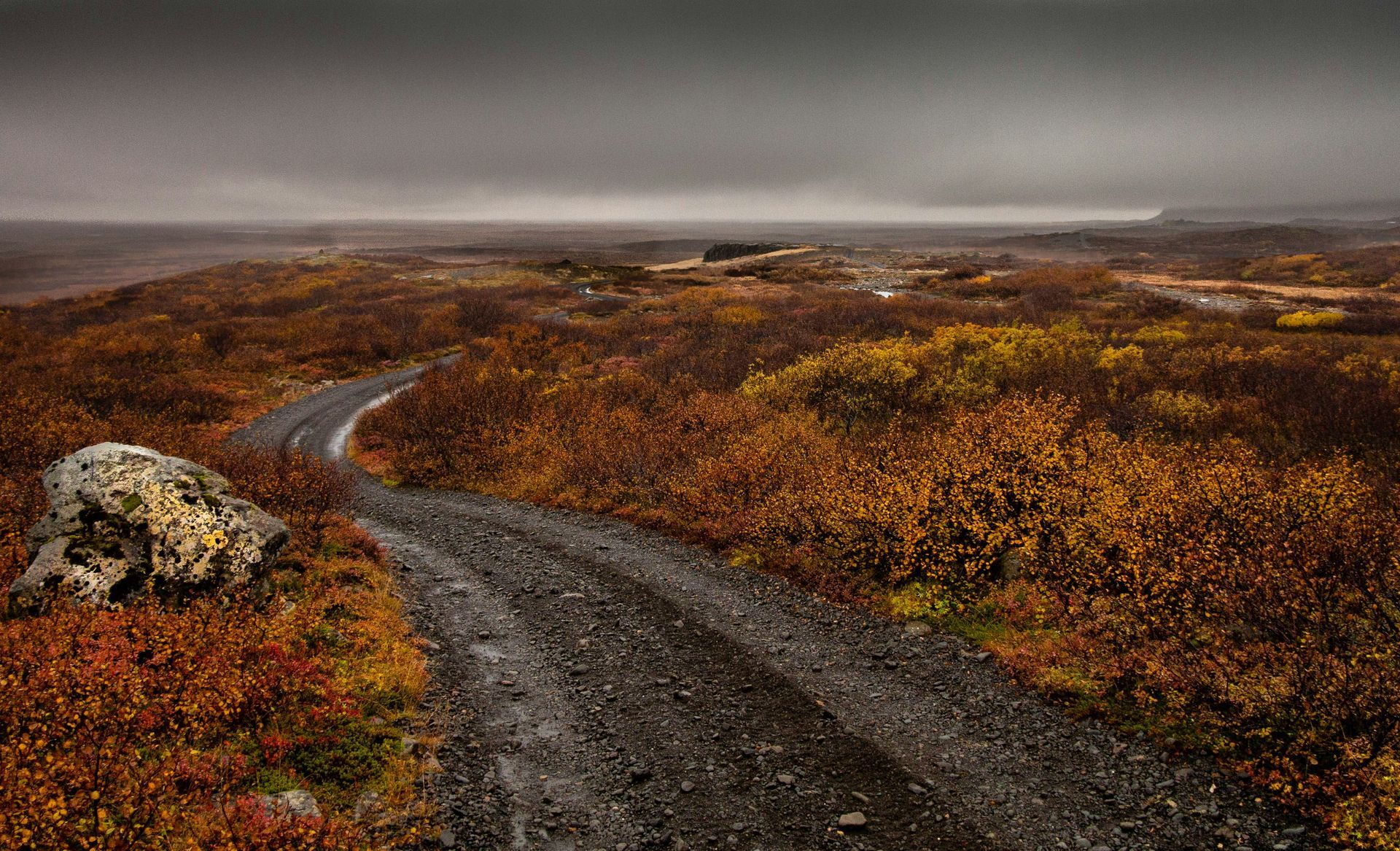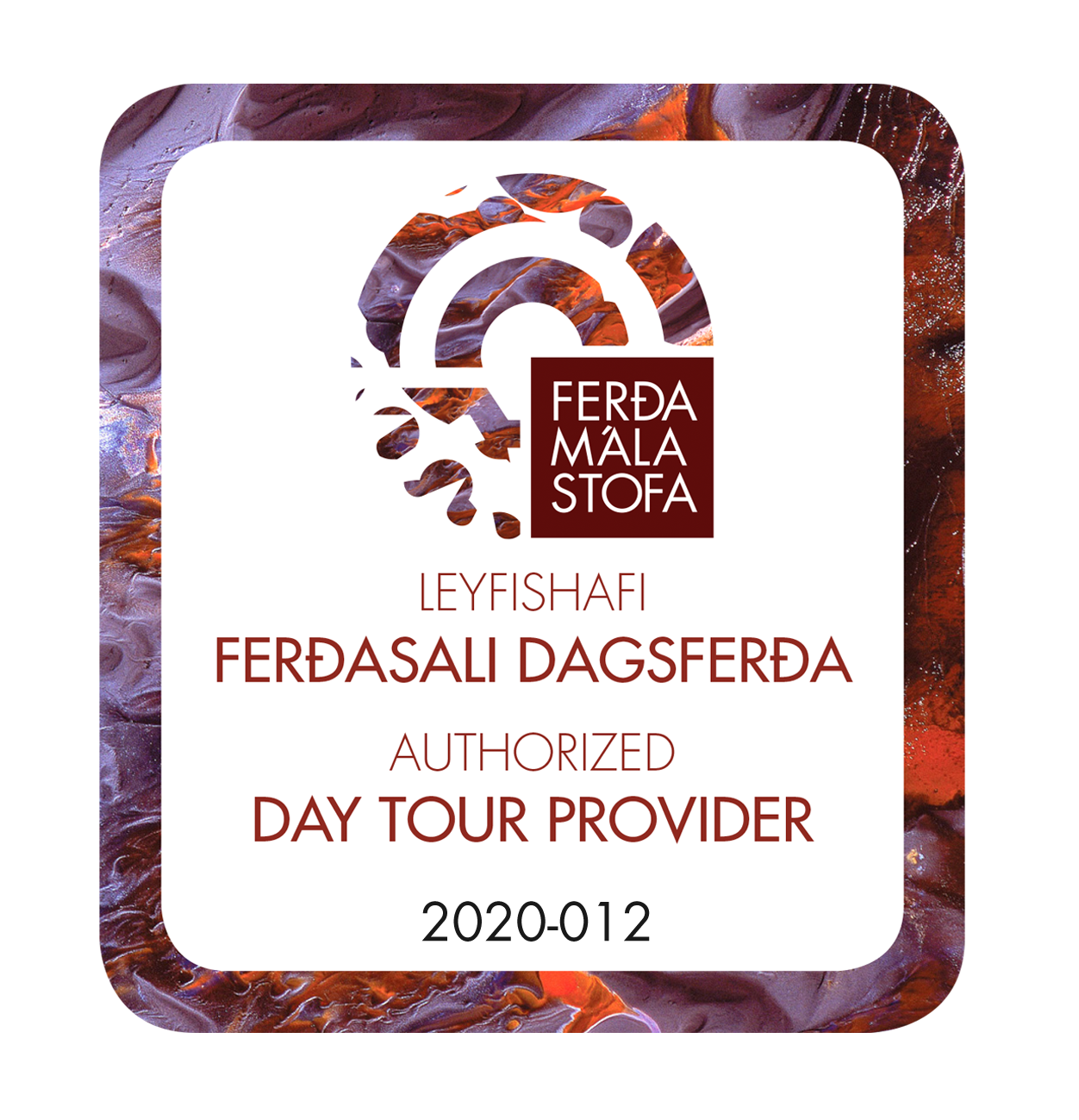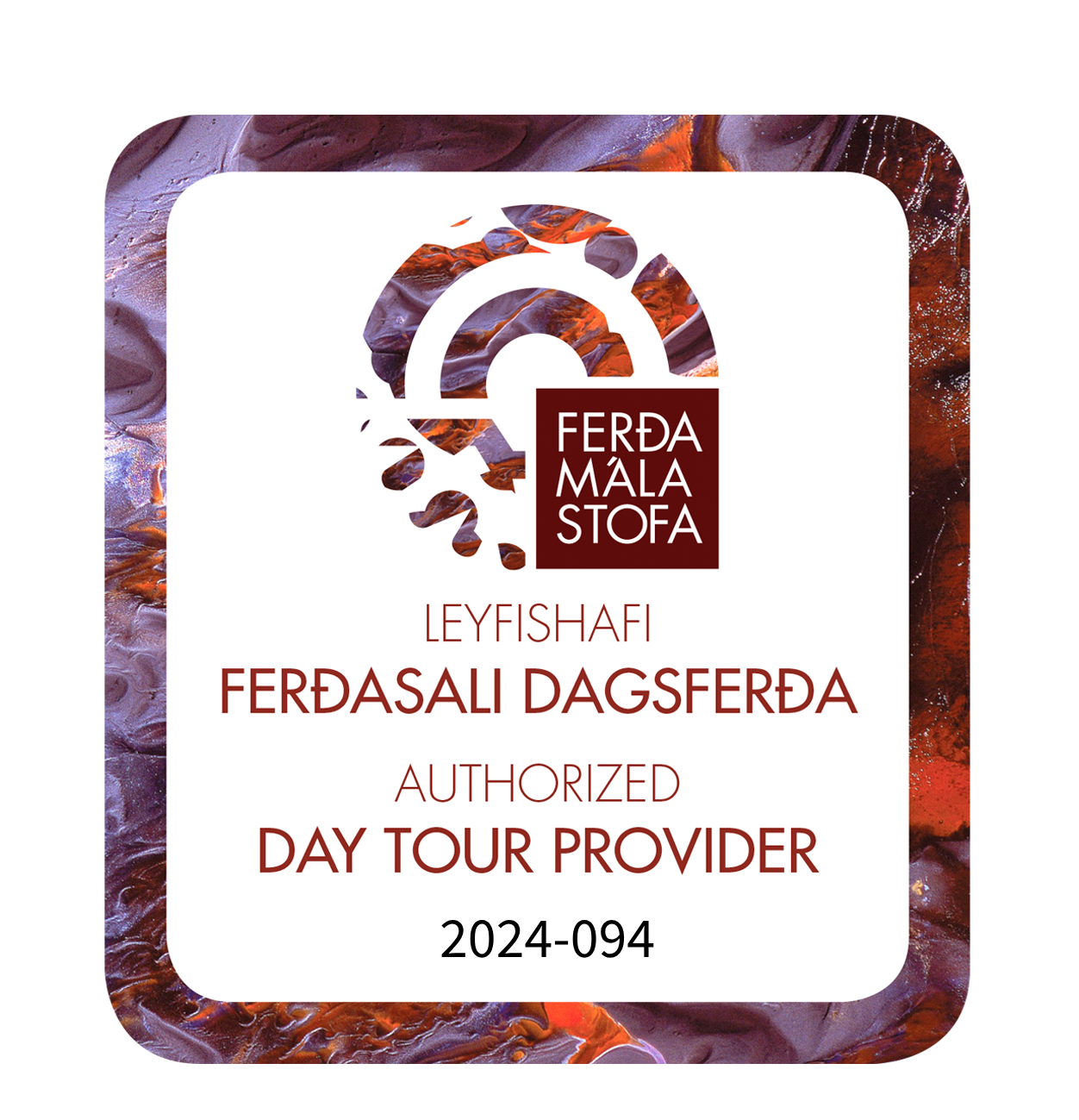Traveling to Iceland During Winter: What You Need to Know
Traveling to Iceland During Winter: What You Need to Know
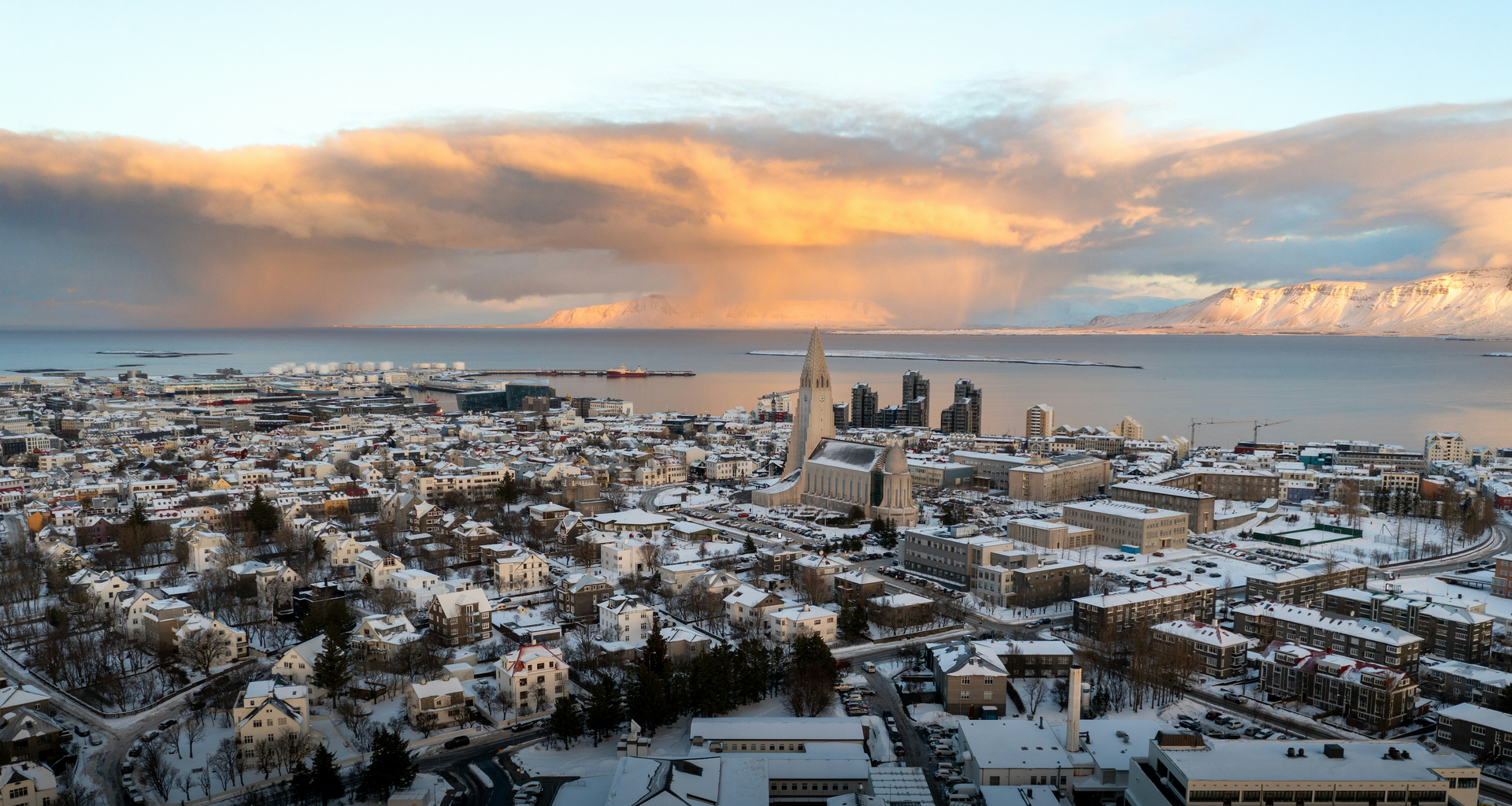
Iceland is often seen as a summer destination, thanks to its long daylight hours and warmer weather. However, winter in Iceland has a completely different and equally magical experience. From the chance to see the Northern Lights to exploring breathtaking frozen landscapes, visiting Iceland in the winter can be an unforgettable experience!
Sure, the short days can be a challenging thing to navigate - but what an incredible thing to experience!
Here’s everything you need to know to make the most of your winter trip.
Reasons to visit Iceland during winter
Winter in Iceland lasts from November to March, and while the weather can be harsh, the experiences make it worthwhile. The highlight for many travelers is the opportunity to witness the Northern Lights (Aurora Borealis). These beautiful natural light displays are only visible during winter, and Iceland, with its remote locations and clear night skies, is one of the best places in the world to catch them.
See more on our blog about how to see the northern lights in Iceland.

Additionally, Iceland’s landscapes transform in winter. Waterfalls become encased in ice, glaciers sparkle under the low sun, and the country’s geothermal pools feel even more inviting with snow all around. The famous ice caves around the country are only accessible during the winter months, making this the perfect season for glacier exploration and ice-caving tours.
We highly recommend joining one of our ice cave tours onboard our Sleipnir trucks!
What to Expect From the Weather
Iceland’s winter weather is very unpredictable. Temperatures average between -1°C and 4°C (30°F to 39°F), but strong winds can make it feel much colder. Snowstorms and icy roads are common, so it's important to dress appropriately and prepare for sudden changes. Pack layers, waterproof outerwear, thermal base layers, and sturdy boots to keep warm and dry.
If you haven't read our blog on what to pack on your travel to Iceland, you can check it out here.
Iceland experiences long nights during winter, with daylight lasting as little as 4-5 hours in December. This might sound limiting, but the short daylight hours create a cozy atmosphere and more opportunities to enjoy Iceland’s winter activities like soaking in hot springs, visiting museums, and hunting for the Northern Lights.
Our favourite activities in Iceland during winter
While summer offers hiking and camping opportunities, winter in Iceland has its own set of exciting activities. Here are a few must-dos:
- Northern Lights Tours: Many tour operators run Northern Lights hunts during the winter months. Book a guided tour for the best chance to see the aurora, as experts know the best spots and times to view them. The darker and clearer the night, the better your chances.
- Our glacier and Ice Cave Tours: These caves form naturally and change in shape and size each year, creating a unique experience for every traveler. Tours are guided and include all the necessary equipment.
- Snowmobiling and Glacier Hiking: Adventure lovers can take part in snowmobiling tours on Iceland’s glaciers, such as Langjökull. You can also join guided glacier hikes where you can walk on ancient ice formations.
- Geothermal Baths: The Blue Lagoon remains open year-round, and the contrast of soaking in its hot, mineral-rich waters while surrounded by snow is a uniquely Icelandic experience. SkyLagoon is also a popular destination in Reykjavik and so is Nauthólsvík. There are also more remote hot springs like the Mývatn Nature Baths, offering a quieter but equally relaxing option.
- Iceland Airwaves: A Must-See Winter Music Festival :
If you're a music lover, winter is the perfect time to visit Iceland. The country’s vibrant music scene truly comes alive during these months, with concerts happening almost every week. The crown jewel of it all? The Iceland Airwaves Festival. This multi-day celebration features an incredible lineup of international and Icelandic artists, delivering non-stop music across various venues. It’s an experience you won’t want to miss! Check out this year’s exciting lineup
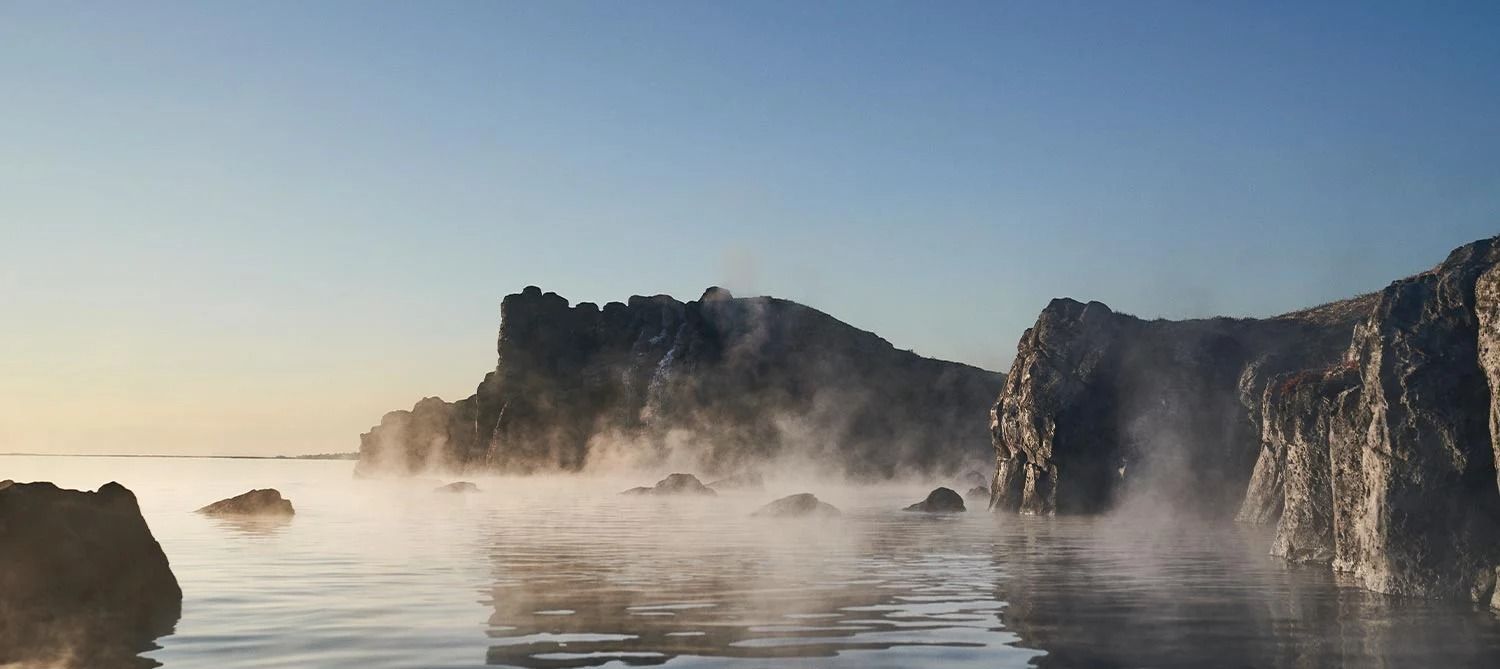
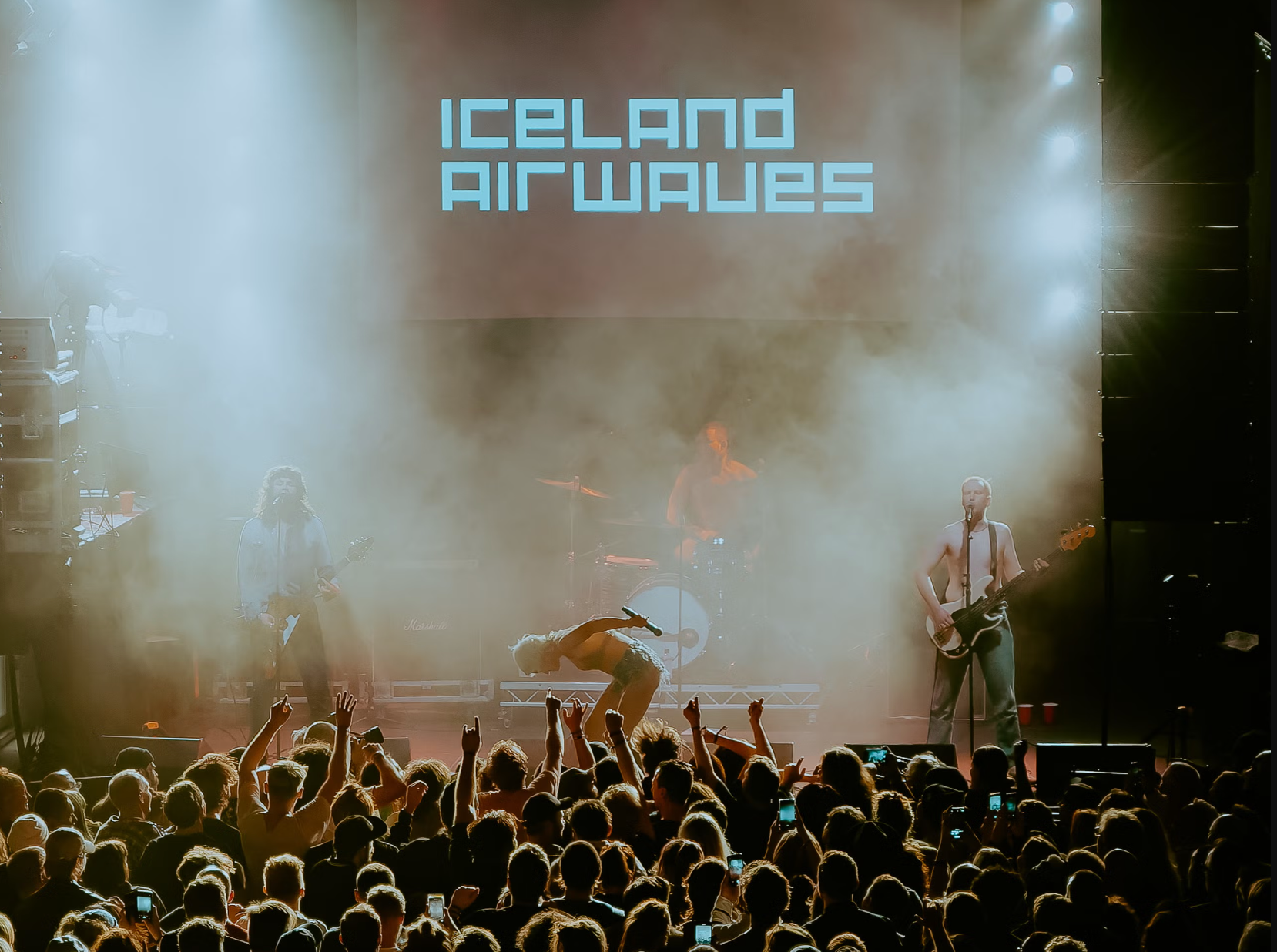
Driving in Winter
Driving in Iceland during the winter requires extra caution. Roads, especially in the countryside, can be icy and visibility poor. If you're not comfortable driving in such conditions, consider taking guided tours or using public transportation for longer trips. Always check weather conditions and road safety updates at websites like SafeTravel.is before setting out on any journey.
Traveling to Iceland in winter might seem daunting, but with the right preparation, it can be a once in a lifetime experience. The stunning landscapes, Northern Lights, and winter activities make this season an extraordinary time to visit. Just bundle up, be flexible, and prepare to embrace Iceland’s natural beauty in its most dramatic form.
Want to learn more about Iceland?
Visit our instagram page @sleipnir.iceland
Icelandic Folklore
New Paragraph
Share This Blog Post
